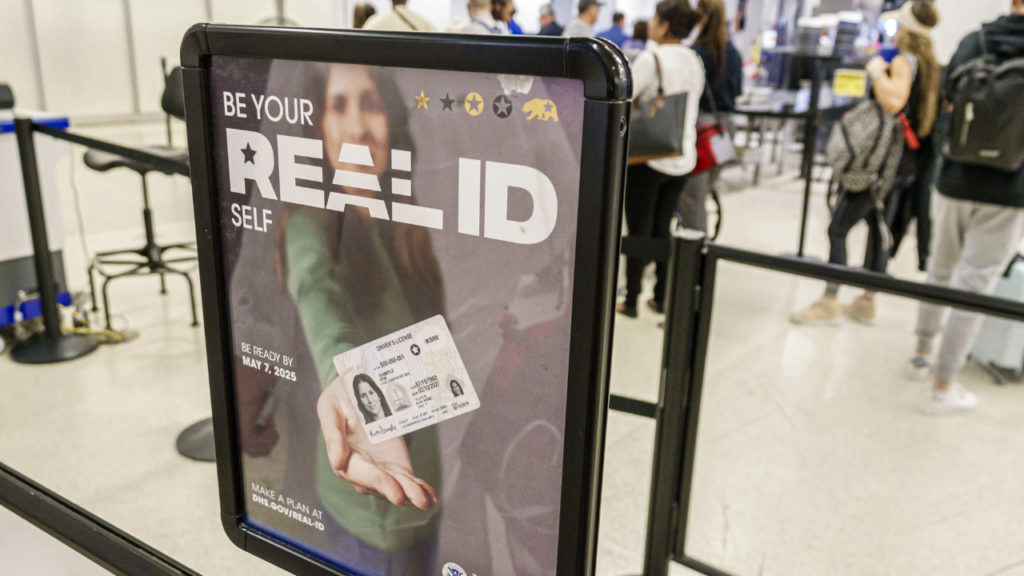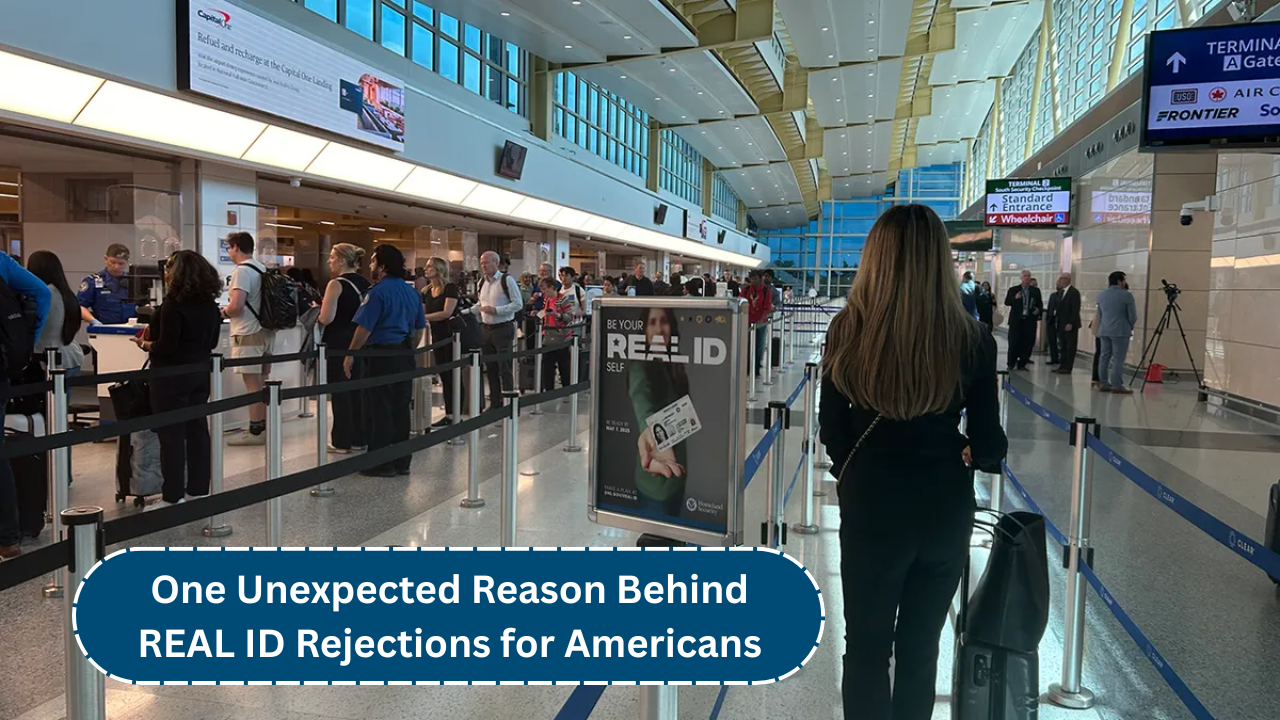As the May 7, 2025, deadline for the enforcement of REAL ID approaches, many Americans are encountering unexpected hurdles when trying to secure the federally compliant identification required for air travel and other federal purposes. Among the most surprising challenges is the difficulty married women face in proving their name changes when applying for a REAL ID.
A Growing Problem for Married Women
While most people assume that obtaining a REAL ID is as simple as updating your driver’s license, for married women, the process can be far more complicated. Women who change their last name after marriage often face significant documentation issues. To prove a name change, many state Department of Motor Vehicles (DMVs) require an original marriage certificate, not just a certified copy or notarized version.
This strict policy has led to countless rejections. Even women who provide multiple forms of identification are turned away because their marriage certificates don’t meet the DMV’s requirements. This can be especially frustrating for women who were married many years ago and have kept their last name the same, but need to prove the legal change to their identity.
One case that gained attention involved Dorothy Ballone from Rochester, New York, who was repeatedly denied a REAL ID despite providing a notarized copy of her marriage license from 1958. The rejection was based solely on the DMV’s insistence that only an original marriage certificate would suffice—leading to widespread dissatisfaction.
The Larger Issue: Inconsistent Documentation Policies
The inconsistency in documentation policies among states adds another layer of confusion for Americans trying to navigate the REAL ID process. While some states are more lenient and accept certified copies of marriage certificates, others stick rigidly to the requirement for originals. This lack of uniformity between state DMVs means that even if individuals think they’ve met the documentation requirements, they might still be rejected depending on where they live.
It’s important to note that the REAL ID law, which was passed by Congress in 2005, is enforced at the state level. This means that each state has its own interpretation of the rules, leading to confusion for residents who expect a seamless process.
Alternatives and Solutions
With the May 2025 deadline looming, travelers without a REAL ID-compliant form of identification will face significant barriers at airport security. The Transportation Security Administration (TSA) has made it clear that individuals without a REAL ID will need a valid passport to board their flight. To avoid these issues, many are turning to alternative identification methods that are both acceptable and more accessible.

What Are Your Options?
For those who cannot obtain a REAL ID in time, several alternative forms of identification can be used for air travel. The U.S. passport is the most obvious choice, but it’s not the only option. The U.S. passport card, priced at approximately $65, is another viable alternative. Though it cannot be used for international air travel, it is valid for domestic flights and border crossings into Canada, Mexico, and select Caribbean nations.
Unlike the full passport, the passport card is the size of a driver’s license, making it easy to carry and convenient for frequent travelers. It is valid for 10 years for adults and five years for children. More details about the passport card and how to apply can be found on the U.S. Department of State website.
For those who are unable to make it to the DMV during standard hours, several states are offering extended hours, Saturday events, and special programs to help citizens get their REAL ID or alternative identification. Additionally, the Department of Homeland Security (DHS) provides Trusted Traveler Cards that can also serve as valid identification for federal purposes, including TSA checkpoints.
Dealing with the Frustration
As the deadline approaches, many are frustrated by the complexities involved in obtaining a REAL ID. This frustration is particularly evident among married women, who are disproportionately affected by the name change documentation issue. As more people face the realities of these challenges, it’s clear that clearer, more flexible policies are needed to ensure that all Americans have access to the necessary identification.
While the DMV system is working to streamline the process in some states, the lack of consistency remains a significant barrier. Some states are implementing measures like extended hours and alternative methods to help residents meet the REAL ID requirements, but many are still left scrambling to secure the right documentation.
Conclusion
The REAL ID deadline is fast approaching, and for many Americans, securing the necessary identification is more complicated than anticipated. Married women, in particular, are facing unexpected challenges due to strict documentation requirements around name changes. As frustrations grow, individuals are encouraged to explore alternative identification options like U.S. passports and the passport card.
To ensure you meet the REAL ID requirements in time, visit your state’s DMV website for detailed instructions and documentation requirements. For more information about alternative identification methods, check out the U.S. Department of State’s website on the passport card and the DHS’s Trusted Traveler Program.

Pankaj Kumar is a skilled content writer at OTE News, focusing on breaking news, technology, and socio-political developments. With a background in Mass Communication, he brings a balanced perspective to his articles, ensuring clarity and reliability. Pankaj has a knack for simplifying complex topics for readers.
In his free time, he enjoys photography, traveling, and experimenting with new cuisines. His curiosity and dedication to truthful reporting make him a valuable contributor to OTE News.




